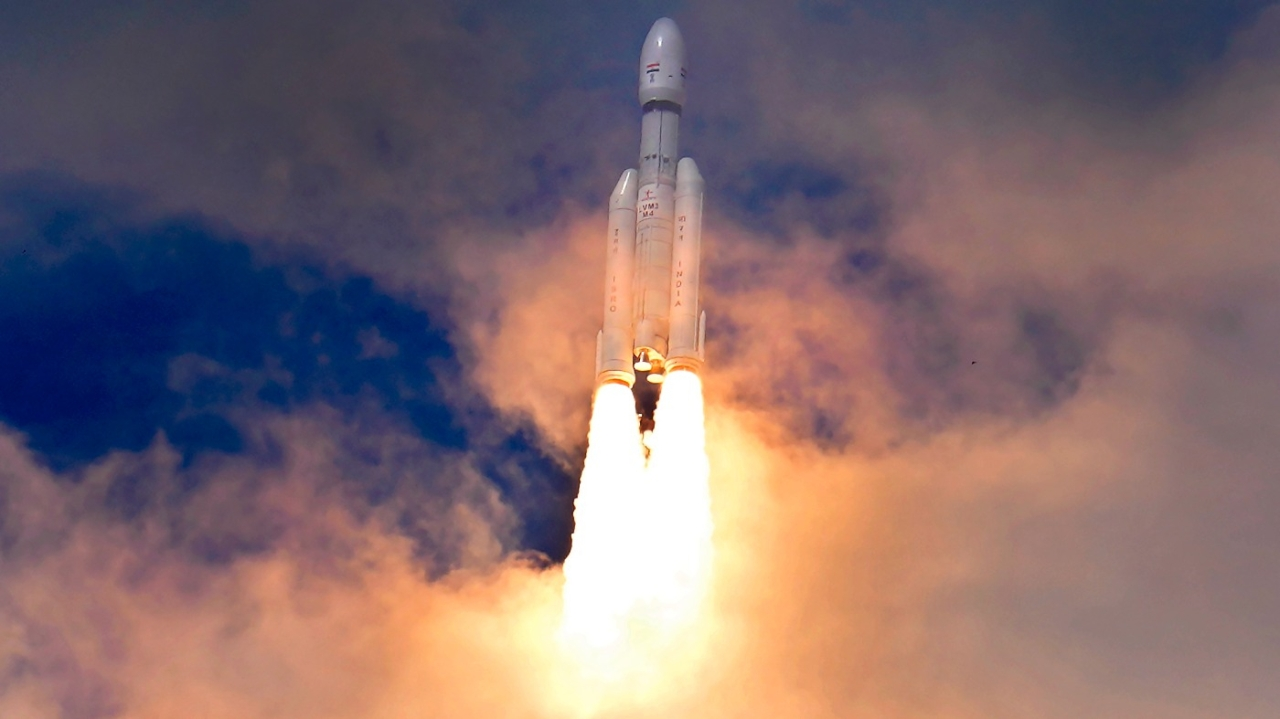Recently, India launched the Chandrayaan-3 lunar probe. If all goes well, it will land on the moon’s south pole in late August. The mission comes after the failure of Chandrayaan-2 to land on the lunar surface.
If successful, it will not only buttress India as a major space power but will begin the next phase of lunar exploration with as many as six moon shots from four countries scheduled for the remainder of 2023, according to Arts Technica.
Russia’s Luna 25 is due to launch in August. It is the first Russian mission to the moon in 47 years, after the successful voyage of Luna 24 that returned a sample of lunar soil in 1976. Luna 25 is less ambitious, designed to land a 30-kilogram package of scientific instruments in the south polar region of the moon.
The mission’s primary goal is to rekindle Russia’s prestige as a serious space exploration power. The decline of the Russian space program, partly caused by the draining of wealth and respect brought on by the war in Ukraine, has caused the belief that the country’s best days in space are behind it. The much-delayed Luna 25 is meant to provide an answer to that belief.
The Japanese Space Agency (JAXA) plans to launch the Smart Lander for Investigating Moon (SLIM), also in late August. SLIM comes on the heels of the failure of iSpace’s Hakuto-R M1, a Japanese private venture that would have landed a United Arab Emirates rover, dubbed Rashid, on the lunar surface. SLIM is designed to deliver a small instrument package in a pinpoint landing on the lunar surface.
However, the three missions that will be mounted under the Commercial Lunar Payload (CLPS) program that might launch later in 2023 are of supreme interest to observers of lunar exploration, CLPS, started under former NASA administrator Jim Bridenstine, involves the space agency buying services to land on the moon rather than managing such missions itself. Two missions by Intuitive Machines of Houston and one by Astrobotic of Pittsburgh will be the first test of this commercial approach.
Intuitive Machine’s IM-1 mission is scheduled for the third quarter of 2023. It will carry a total of five NASA instruments and a number of commercial payloads to the lunar south pole. If successful it will be the first commercial mission to ever land on the moon and the first American lunar landing mission since the Apollo program.
Astrobotic’s Peregrine Mission One is slated to launch during the fourth quarter of 2023, pending the availability of United Launch Alliance Vulcan Centaur rocket. The mission is designed to deliver 14 NASA payloads to the Sinus Viscositatis just to the west of Mare Imbrium, north of the lunar equator.
Intuitive Machine’s IM-2 mission is scheduled for late 2023 but few would be surprised if it were to slip to 2024. IM-2 will include a drill that will search for ice under the lunar surface. It will also bring a “hopper” called Micro-Nova with a 25-kilometer range. The vehicle could hop into one of the permanently shadowed craters at the lunar south pole, take images, and then hop back out.
Moon landings have proven difficult in the 21st century. Besides the Chandrayaan-2 and Hakuto-R M1, the Israeli Beresheet failed to land on the lunar surface. Beresheet 2 has encountered funding problems and its future is in doubt.
On the other hand, China has pulled off three successful moon landings: Chang’e 3, Chang’e 4, and Chang’e 5. Chang’e 5 returned lunar samples to Earth, the first since the mid-1970s. China has a lead in the new race to the moon. It has already vowed to put its astronauts on the moon by 2030.
Whether or not China remains in the lead partly depends on how many of the missions mounted by the Artemis signatories India, Japan, and especially, the United States, succeed in landing on the moon. How many planned landings succeed will also demonstrate the overall viability of the Artemis program.
If Russia’s Luna 25 succeeds, Moscow gets bragging rights but will not substantially improve its status as a space power. If it fails, Russia’s decline will be further illustrated.
Fortunately, in regards to the new lunar race, fears that Congress would slash funding for Artemis have proven to be unfounded, though other NASA programs suffered. The deficit remains a big problem, but cutting the budget at the cost of yielding the moon to China would be a colossal blunder.



Why is there so much focus on the lunar south pole?
Accoording to Wikipedia it’s because of water ice and craters that aren’t in constant sunlight.